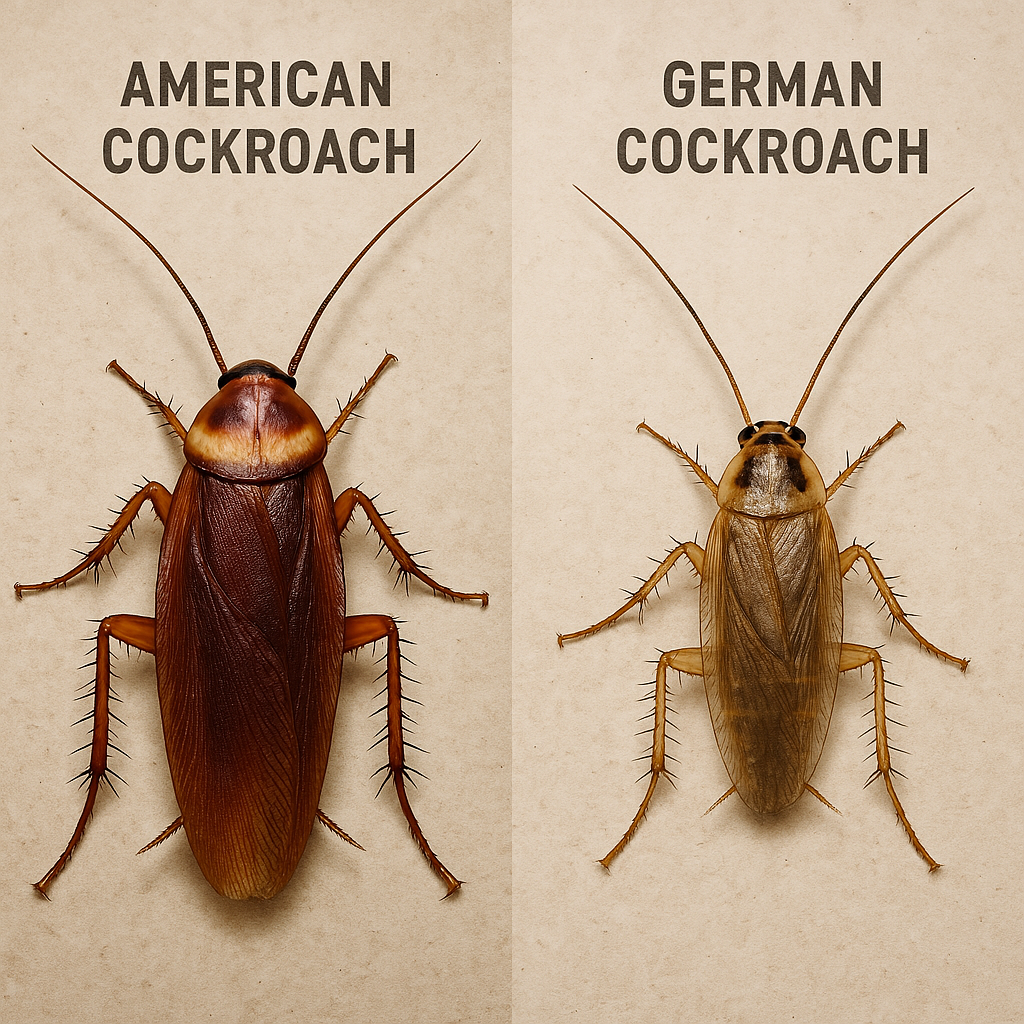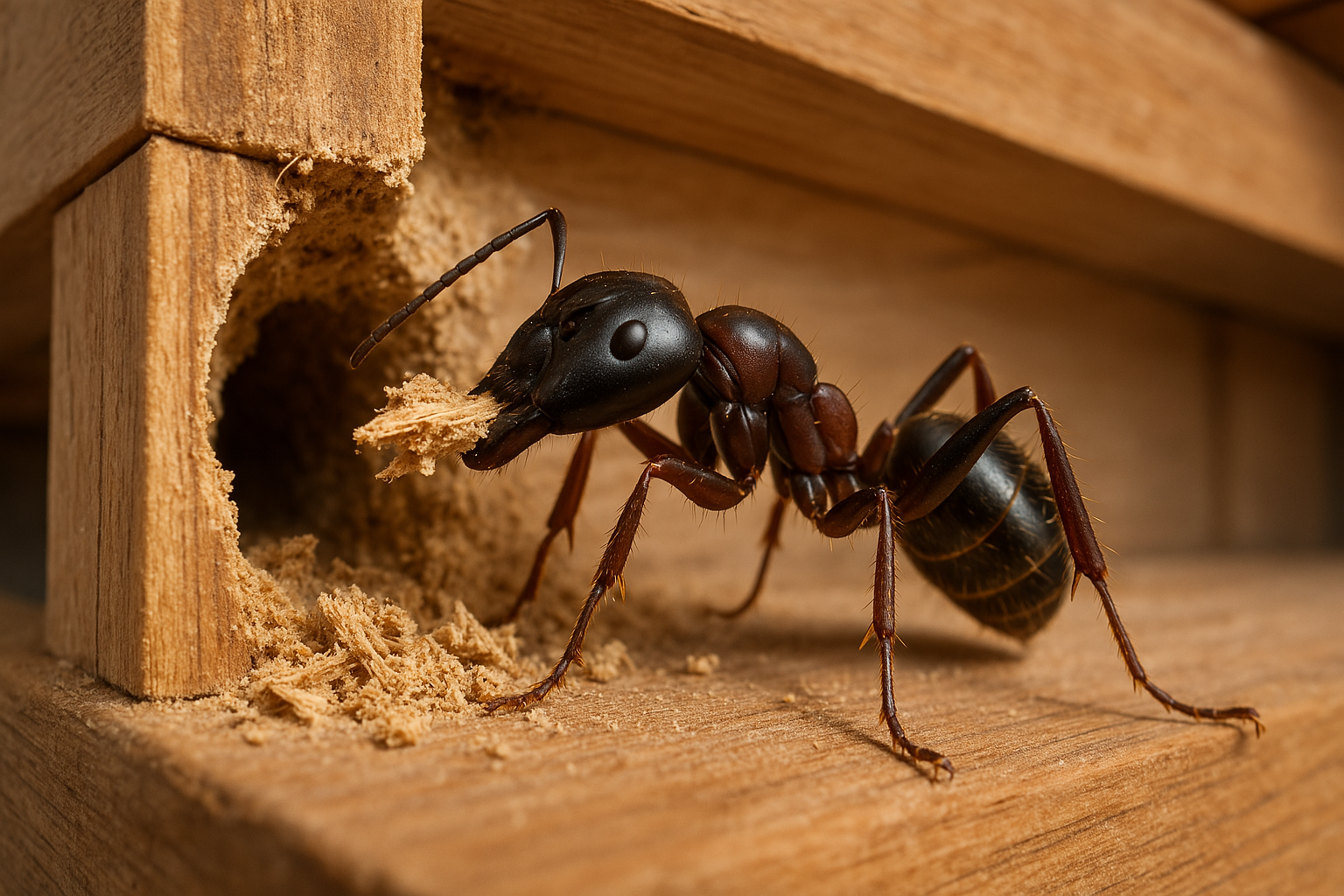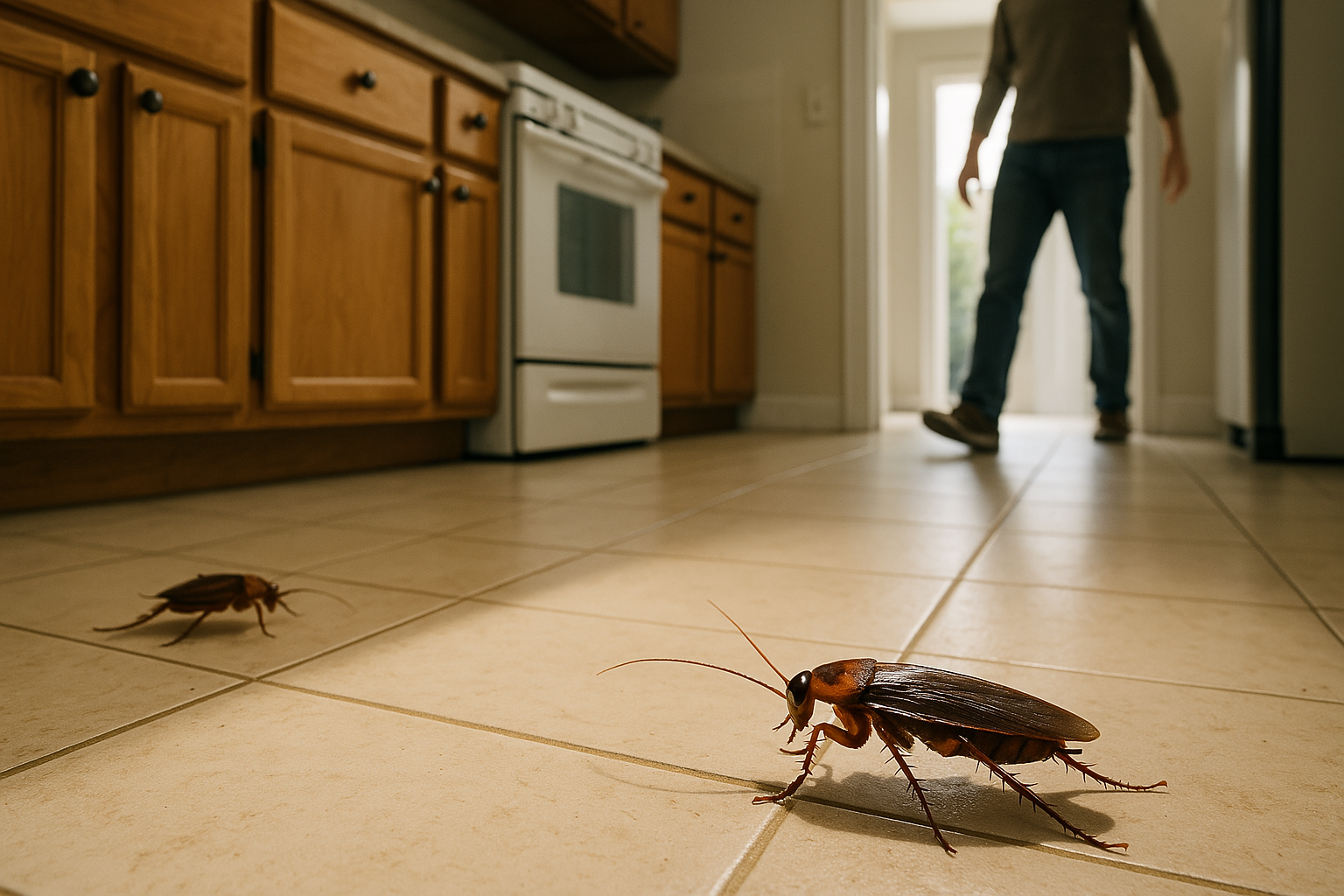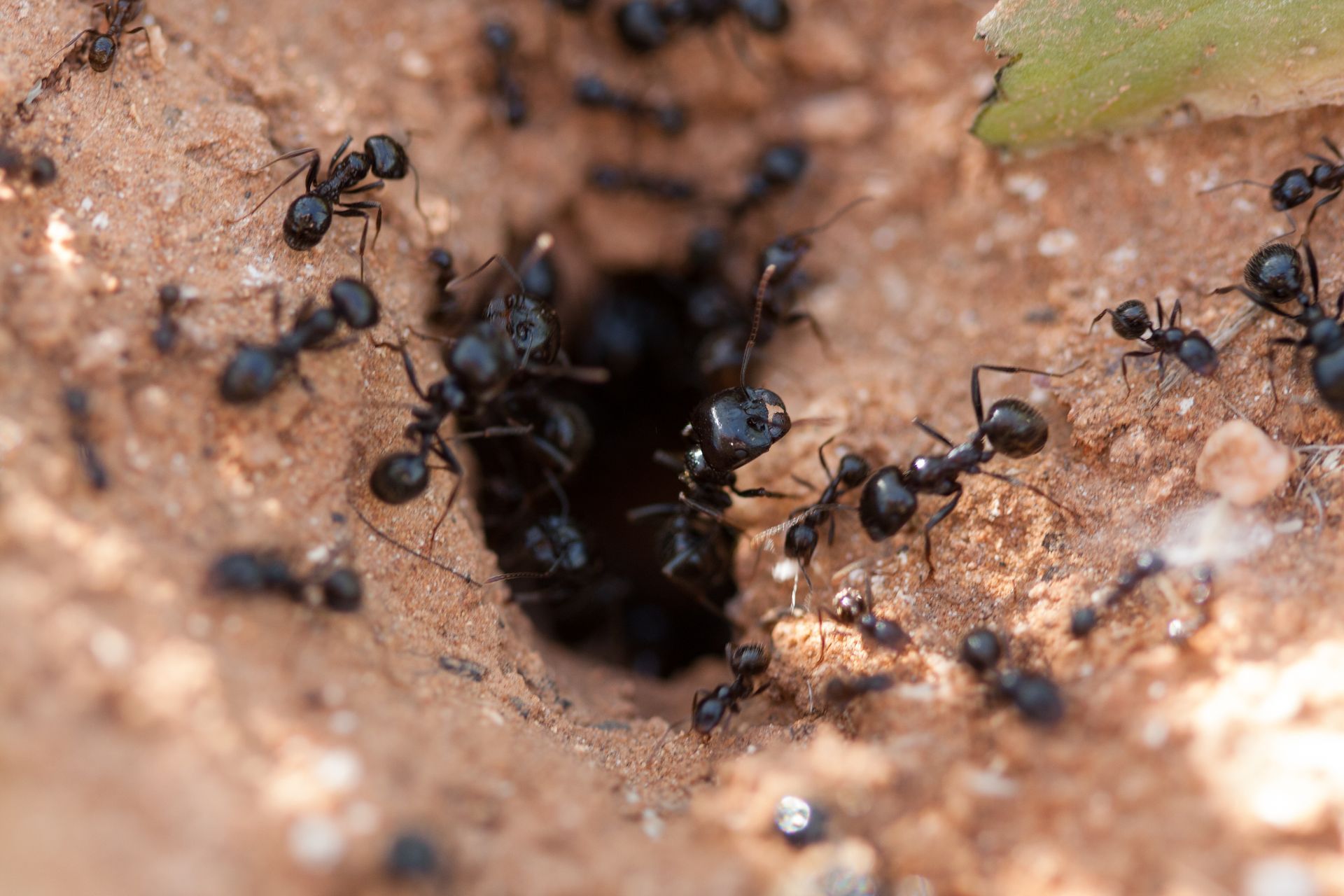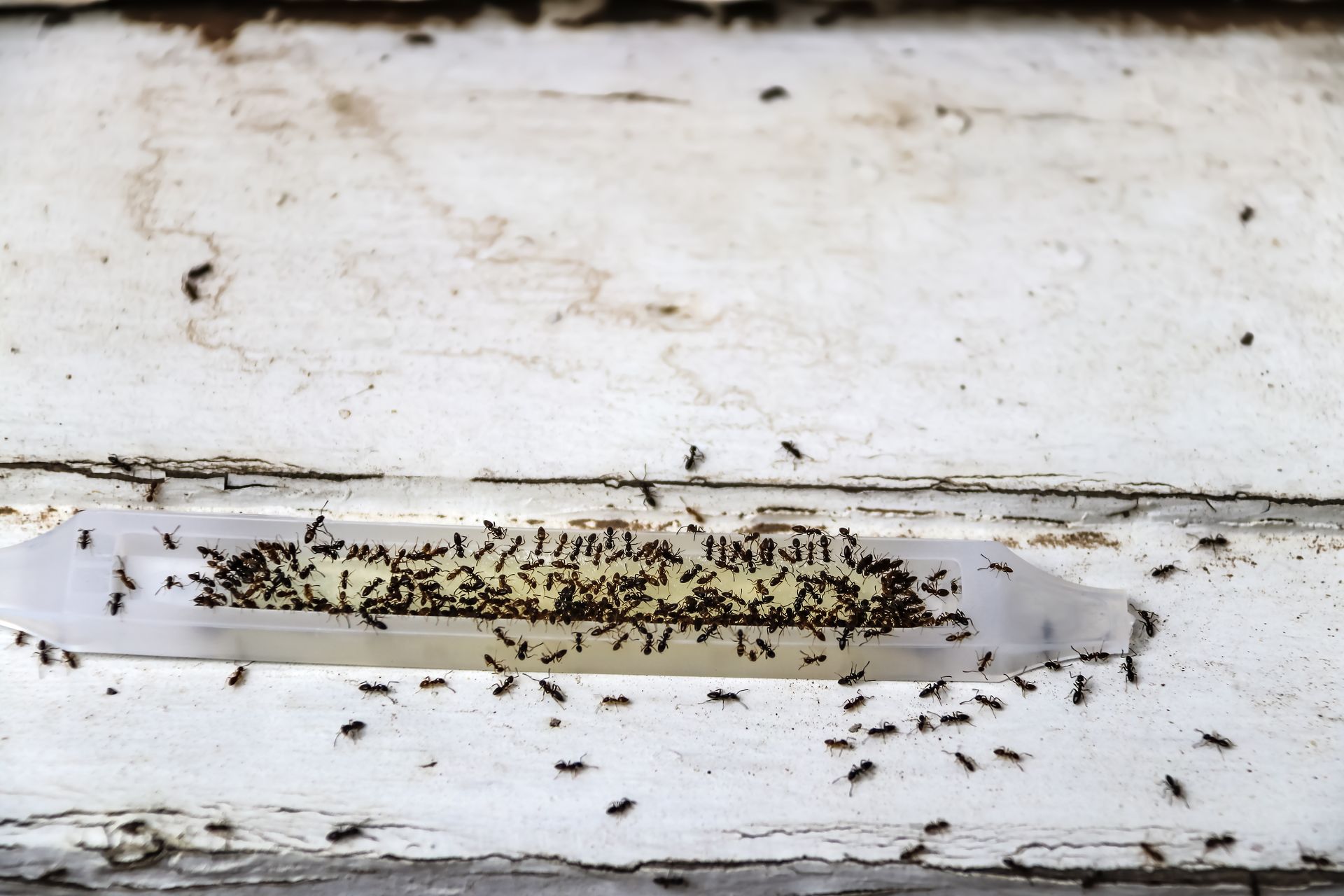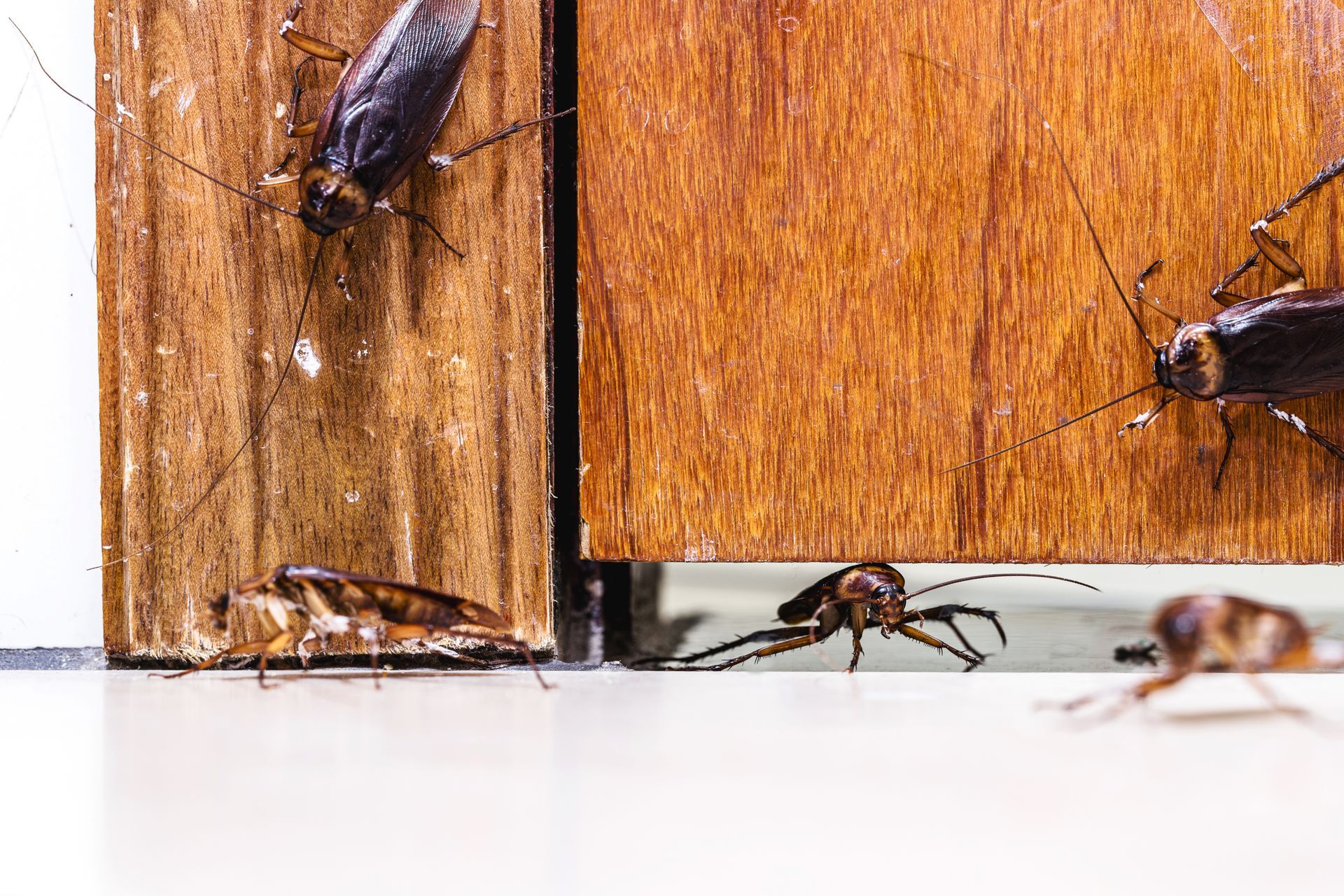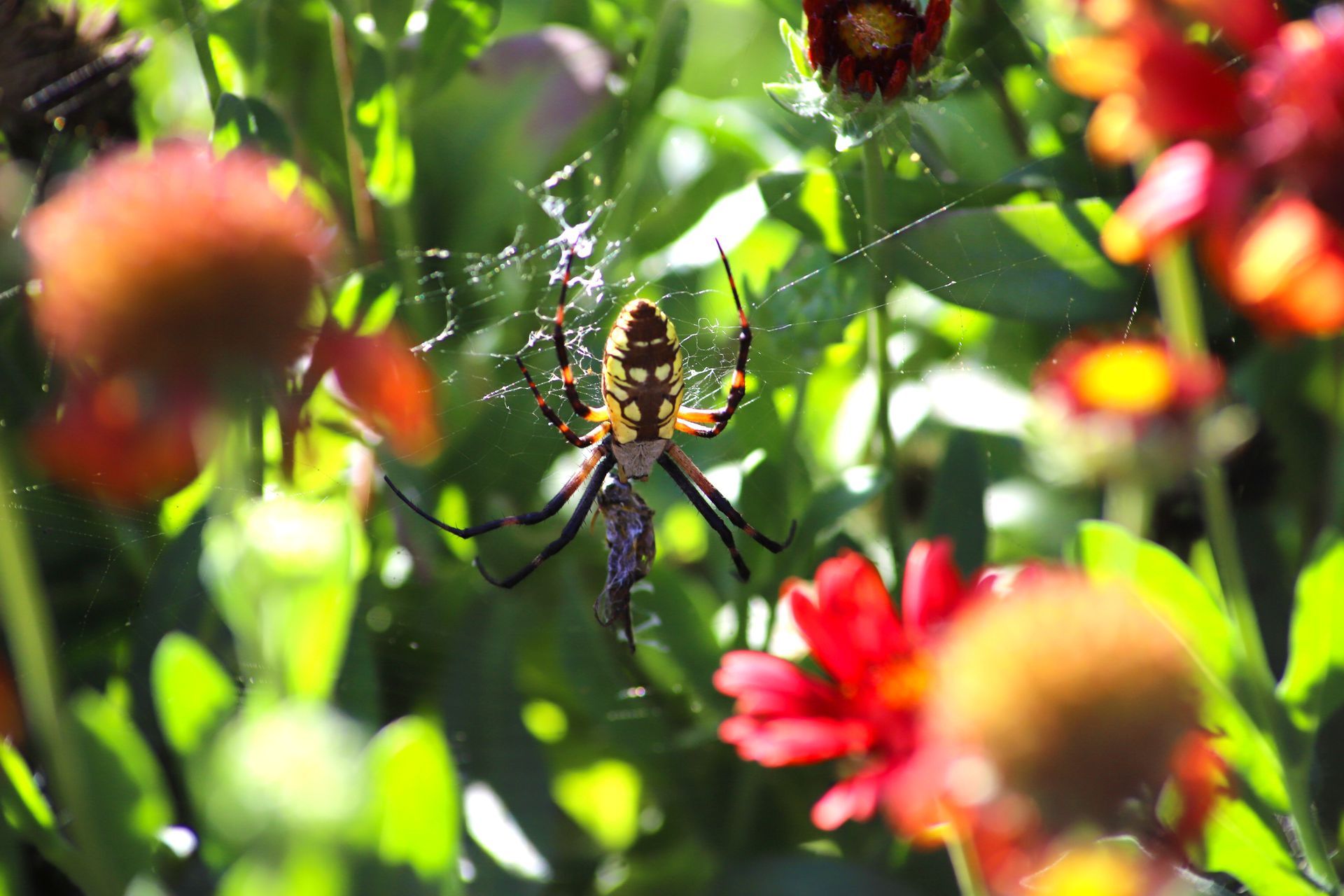Do Bees Fly at Night When It’s Dark?
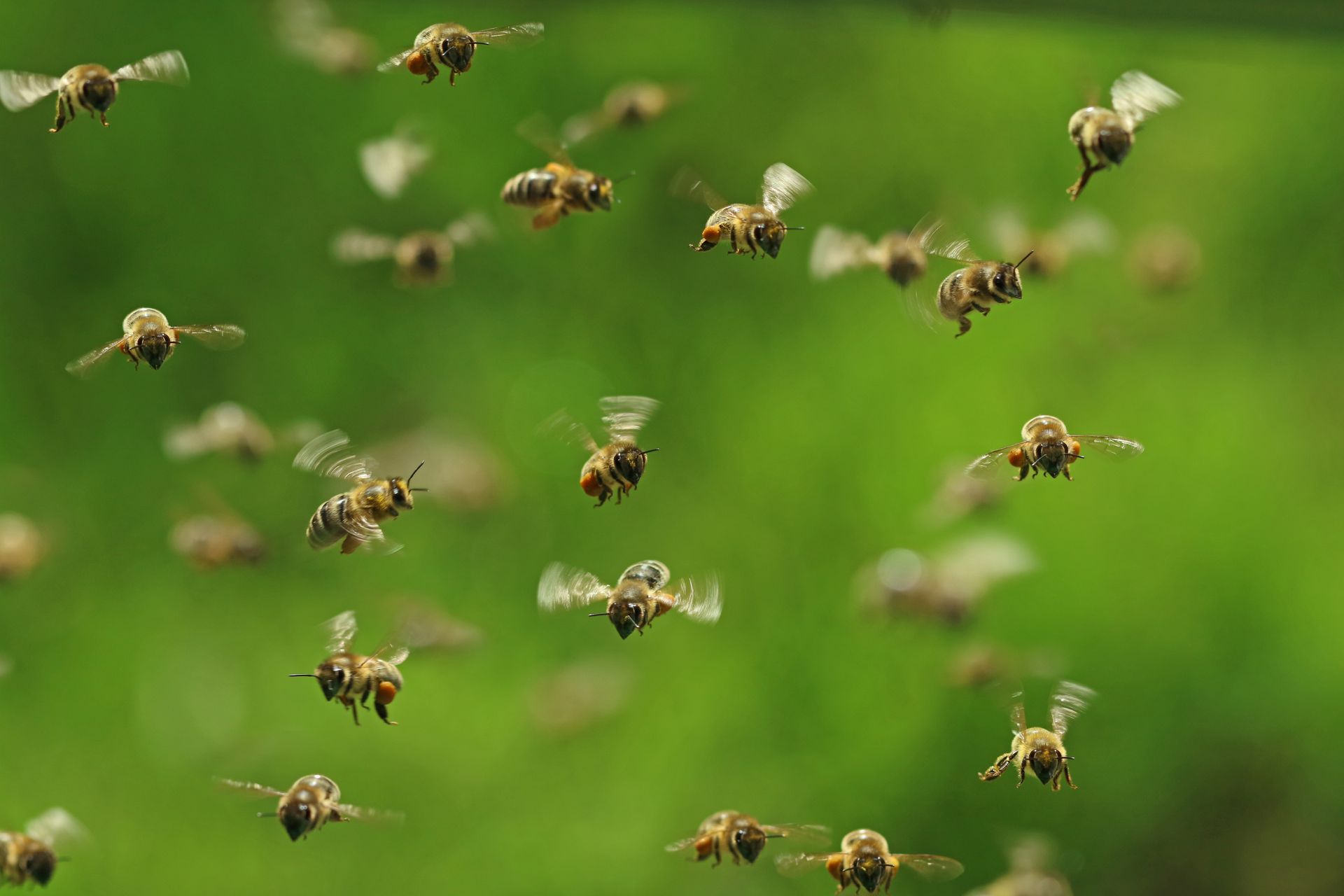
The world of bees is primarily a daytime affair, with most species being diurnal creatures that rely heavily on sunlight for their activities. Honeybees and bumble bees are two of the most common bee species and they are unable to navigate in darkness which restricts their flight to daylight hours. This behavior is rooted in their visual system, which depends on polarized light from the sun for orientation. However, the bee world isn't entirely devoid of nocturnal activity. Some rare species, particularly in tropical regions, have evolved the ability to fly and forage in low light or complete darkness. These night flying bees have developed specialized adaptations that allow them to navigate and locate food sources when most of their counterparts are grounded.
What Bee Species Can’t Fly in the Dark?
The majority of bee species including the well-known honeybees and bumble bees are incapable of flying in complete darkness. These diurnal bees have evolved to rely on daylight for their essential activities which include foraging, hive construction, and swarming. Their navigation system is intricately linked to the sun's polarized light, which serves as a natural compass. Without this guiding light, these bees become disoriented and are unable to maintain flight. A striking demonstration of this limitation was captured in a viral video by Cambridge University researcher Hamish Symington, where bees were shown to drop abruptly when lights were switched off which highlighted certain bee specie’s immediate loss of flight capability in darkness. While these bees can still move by crawling at night, their mobility and productivity are significantly reduced. It's important to note that while honeybees might react to artificial light sources at night, this doesn't equate to natural nocturnal flight behavior. Their instinctive response to bright lights is distinct from the ability to navigate and function effectively in natural nighttime conditions.
Why Do Honeybees Fly During the Day?
Honeybees' daytime flight patterns are a result of evolutionary adaptations that optimize their survival and productivity. Their physiology and behavior are finely tuned to capitalize on daylight hours when flowers are most accessible, and nectar production is at its peak. The bees' compound eyes are specially designed to detect ultraviolet patterns on flowers, which are only visible during daylight as this helps guide them to rich food sources. This diurnal lifestyle aligns perfectly with the activity cycles of most flowering plants which creates a mutually beneficial relationship between bees and the flora they pollinate.
Additionally, the warmth of the sun aids in maintaining the bees' body temperature which is crucial for efficient flight and nectar collection. Daylight also provides the polarized light that bees use for navigation which helps them to venture far from the hive and return with precision. By reserving nighttime for rest and hive maintenance, honeybees conserve energy and prepare for the next day's foraging activities.
What Do Honeybees Do at Night?
As darkness falls, the bustling activity of honeybees shifts from external foraging to internal hive maintenance and rest. The nocturnal hours are far from idle for these industrious insects. Within the hive, a carefully orchestrated routine unfolds. Younger bees have shorter sleep cycles, so they take on essential housekeeping duties like cleaning the hive of debris and processing the day's harvest of nectar and pollen. This nightly labor ensures the hive remains healthy and primed for the next day's activities. Meanwhile, the hive's temperature is meticulously regulated through collective effort to ensure an optimal environment for brood development and honey production. The forager bees, exhausted from their daily excursions, engage in longer periods of sleep to replenish their energy for the following day's tasks. This division of labor and rest patterns demonstrates the honeybees' remarkable adaptation to maximize colony efficiency, with each member playing a crucial role in the hive's round-the-clock operations even when external activities cease.
What Happens to Honeybees When They Don’t Make It Home Before Dark?
Occasionally, a honeybee's diligent foraging may lead to an unexpected overnight stay away from the hive. When daylight wanes and a bee finds itself too far from home, its options become limited. Unable to navigate effectively in low light conditions, the bee must seek temporary refuge wherever it can find a safe perch. This unplanned absence from the hive exposes the bee to various risks, including predation and adverse weather conditions. During warmer months, a night spent alone is usually survivable, with the bee resuming its journey home at first light. However, as autumn progresses and temperatures drop, this situation becomes increasingly perilous. Cold nights can be fatal for solitary bees, as they lack the collective warmth and protection of the hive. This is why the bees' innate timekeeping abilities and their usual practice of returning to the hive before nightfall is critical to their survival.
What is the Difference Between Nocturnal, Crepuscular, and Diurnal Bees?
The bee world exhibits a fascinating spectrum of activity patterns, defined by their preferred times of foraging and flight.
- Diurnal bees constitute the overwhelming majority, representing approximately 99% of all known bee species. They are active during daylight hours and rely on sunlight for navigation and foraging. These include familiar species like honeybees and most bumblebees.
- At the other end of the spectrum are the truly nocturnal bees. The most prominent member of these bee types includes the Indian Carpenter bee, which can navigate and forage in complete darkness. This species stands out as the only obligately nocturnal bee that has adapted to function without any light.
- Between these two extremes lie the crepuscular bees which are active during twilight hours of dawn and dusk. These species are primarily found in tropical and warmer regions and make up a small but significant group that are often mistakenly labeled as nocturnal. They require some level of light like bright moonlight to navigate effectively.
This diversity in activity patterns reflects the bees' evolutionary adaptations to various ecological niches as the behavior of different species allows them to exploit resources and avoid competition across different times of the day and night.
Are There Species of Bees That Can Fly at Night?
While the majority of bees are diurnal, a small subset of species has evolved the ability to navigate and forage in low light conditions or complete darkness. There are around 250 species of nocturnal and crepuscular bees that have developed specialized adaptations that allow them to exploit nighttime resources and avoid daytime competition. These night-flying bees can be categorized based on their level of adaptation to darkness:
- Crepuscular bees (active during twilight or in low light):
- Caupolicana ocellata & Caupolicana yarrow
- Lasioglossum galpinsiae
- Martinapis luteicornis
- Megalopta genalis
- Peponapis genus
- Ptiloglossa arizonensis, Ptiloglossa guinea, & Ptiloglossa jonesi
- Xenoglossa fulva
- Xylocopa tabaniformis
- Bees that can fly in adequate moonlight (at least half-moon):
- Lasioglossum texana
- Apis dorsata & Apis mellifera adansonii
- True nocturnal bees (capable of flying in complete darkness):
- Xylocopa tranquebarica (Indian Carpenter bee)
- Megalopta atra
- Megalopta centralis
These bee species have evolved unique eye structures and neurological adaptations that enhance their light sensitivity which allow them to navigate and locate nocturnal flowers effectively.
How Common Are Night Flying Bees?
Night flying bees are relatively uncommon in the vast world of bee species. Out of the approximately 20,000 known bee species globally, only about 250 or roughly 1%, have evolved the ability to navigate and forage in low light conditions or darkness. This small percentage highlights the rarity of nocturnal and crepuscular bee species. Despite their limited numbers, these night-active bees play a crucial role in their respective ecosystems where they have co-evolved with night blooming plants. While these bees have developed enhanced light sensitivity and unique eye structures, their nighttime navigation capabilities are still not as refined as those of their diurnal counterparts. The ongoing evolution of these species, coupled with the conservation of their preferred habitats and food sources, presents an intriguing area for future research and ecological preservation efforts.
Why Have Some Species of Bees Evolved to Become Active at Night?
The evolution of nocturnal and crepuscular bee species represents a fascinating example of adaptiveness in response to ecological pressures and opportunities. This shift in activity patterns has allowed certain bee species to exploit unique niches within their ecosystems. The reasons behind this nocturnal adaptation are multifaceted and interconnected:
- Reduced competition:
- Fewer pollinators active during nighttime hours
- Exploit previously untouched nectar sources found in flowers that bloom after sunset
- Less competition with diurnal insects for food sources
- Predator avoidance:
- Decreased risk from daytime predators
- Potential evasion of certain parasites that target diurnal bees
- Specialized plant relationships:
- Co-evolution with night blooming plant species that have higher nectar and pollen yields at night
- Environmental adaptations:
- Better foraging conditions in dry or high altitude regions during cooler nighttime temperatures
- Reduced water loss in arid environments
- Temporal niche partitioning:
- Exploitation of resources throughout a full 24 hour cycle
- Ability to forage during twilight hours when nectar reserves are replenished
This evolutionary shift has not only benefited these bee species but has also played a crucial role in the pollination of several night blooming plants which helps contribute to the biodiversity and ecological balance of their habitats.
How Do Bees’ Eyes Work?
Bees possess a remarkable visual system that is fundamentally different from human vision. Their visual organs have undergone specialized adaptations to meet their specific environmental demands and aerial navigation needs. Their visual apparatus consists of five eyes in total, each serving distinct functions. The two large compound eyes that dominate the bee's face are the primary organs for image formation and pattern recognition. These compound eyes are marvels of natural engineering and are composed of thousands of individual lenses called ommatidia. Each lens captures a tiny fragment of the visual field, and this mosaic of miniature images is then integrated by the bee's brain to form a comprehensive picture of its environment. This combined image allows for exceptional peripheral vision and motion detection. The compound eyes also possess the ability to perceive ultraviolet patterns on flowers which are invisible to the human eye to help guide bees to nectar sources.
Supporting this visual system are three additional rudimentary eyes, known as ocelli, strategically arranged in a triangle formation on the crown of the bee's head. While incapable of forming images, these ocelli play a crucial role in orientation and light detection as they are sensitive to ultraviolet and polarized light. This sensitivity to polarized light is particularly important for navigation, as it allows bees to use the sun's position as a celestial compass, even on cloudy days. This sophisticated visual system, while highly effective for daytime foraging and navigation, is generally less adapted for low light conditions which help to explain why most bee species are diurnal.
How Do Some Bees See in the Dark?
Nocturnal and crepuscular bees have evolved remarkable adaptations to overcome the challenges of low light environments. These adaptations are primarily focused on enhancing their visual capabilities in dim conditions. One of the most noticeable changes is in the size of their eyes. Nocturnal bees have developed significantly larger compound eyes with increased facet sizes, resulting in an optical sensor that can be up to 27 times more light sensitive than that of diurnal species like the European honeybee. Even more striking is the enlargement of the simple eyes atop their heads which play a crucial role in light detection. For instance, the nocturnal Indian Carpenter Bee (Xylocopa tranquebarica) possesses ocelli more than twice the size of its diurnal relatives, when compared proportionally to body size. These enlarged ocelli are particularly adept at gathering and processing the limited available light.
Additionally, some nocturnal bees have developed neural adaptations that allow them to extend the light collection period of their photoreceptors before signaling, effectively increasing their light sensitivity much like changing the ISO or aperture on a camera. However, this adaptation can result in motion blur which is a trade-off for improved visibility in low light. It's important to note that not all night flying bees can navigate in complete darkness as many crepuscular species rely on twilight or moonlight for their activities.
Is Geographical Location Correlated to Night Flying Bees?
The distribution of night flying bees across different geographical locations reveals intriguing patterns that reflect their evolutionary adaptations to specific environmental challenges and opportunities. While nocturnal and crepuscular bee species can be found in various habitats, they show a notable concentration in certain regions. The majority of these specialized pollinators are observed in tropical and subtropical areas, where the rich biodiversity of night blooming flora provides abundant nectar resources. These regions offer a perfect ecological niche for night active bees, with many plants evolving to produce heightened nocturnal fragrances and increased nectar production to attract these specialized pollinators. However, night flying bees are not exclusive to these warm, lush environments. Some species have adapted to more extreme conditions, inhabiting arid zones or high altitude areas. In these harsh landscapes, nocturnal activity serves as a strategic adaptation to avoid the intense daytime heat and conserve water which allows these bees to forage during cooler nights when moisture depletion due to evaporative processes is at its lowest.
Contact EcoGuard Pest Management If You Are Dealing with Bees
If you find yourself facing a bee related challenge on your property, it's crucial to approach the situation with both caution and respect for these important pollinators. While bees play a vital role in our ecosystem, their presence can sometimes conflict with human activities or pose risks, especially for those with allergies. This is where professional expertise becomes invaluable. EcoGuard Pest Management offers specialized services to address bee related problems responsibly, safely, and effectively. Our team of experienced professionals understands the delicate balance between pest control and environmental stewardship. We employ eco-friendly methods that prioritize the relocation of bees whenever possible to ensure their preservation while also addressing your safety concerns. Whether you're dealing with a small swarm or a large established hive, don't hesitate to reach out to EcoGuard Pest Management. Our experts can assess your unique situation, provide tailored solutions, and implement strategies that protect both your property and these essential insects. Remember, when it comes to bee management, professional intervention not only ensures your safety but also contributes to the conservation of these crucial pollinators.
Nocturnal Bee FAQs
Do bees stop flying when its dark?
Most bee species, including honeybees and bumblebees, do indeed stop flying when it gets dark. These diurnal bees rely on sunlight for navigation and foraging, making nighttime flight impractical and potentially dangerous for them. However, it's important to note that there are a small number of nocturnal and crepuscular bee species that have evolved to fly in low light conditions or complete darkness.
Is it possible for bees to fly at night?
While the majority of bee species are diurnal and unable to fly at night, there are some specialized bee species that can indeed fly in darkness or low light conditions. These include truly nocturnal bees like the Indian Carpenter bee, which can navigate in complete darkness and crepuscular bees that are active during twilight hours. However, these night-flying bees represent only about 1% of all known bee species.
Do bees fall in the dark?
Bees don't typically "fall" in the dark, but most diurnal bee species become inactive and unable to fly effectively in darkness. If suddenly exposed to complete darkness, as demonstrated in laboratory experiments, some bees may drop to the ground due to their inability to maintain flight without visual cues. However, in natural conditions, bees generally settle on surfaces or return to their hives as light levels decrease rather than fall out of the air.
What happens to bees at night?
At night, most bees return to their hives or nesting sites where they engage in various activities essential for colony maintenance. Inside the hive, bees perform tasks such as processing nectar into honey, caring for larvae, cleaning the hive, and regulating the hive's temperature. Additionally, bees rest during this time, with forager bees typically sleeping longer to recover from their daytime activities, while younger bees have shorter sleep cycles to maintain hive operations throughout the night.





